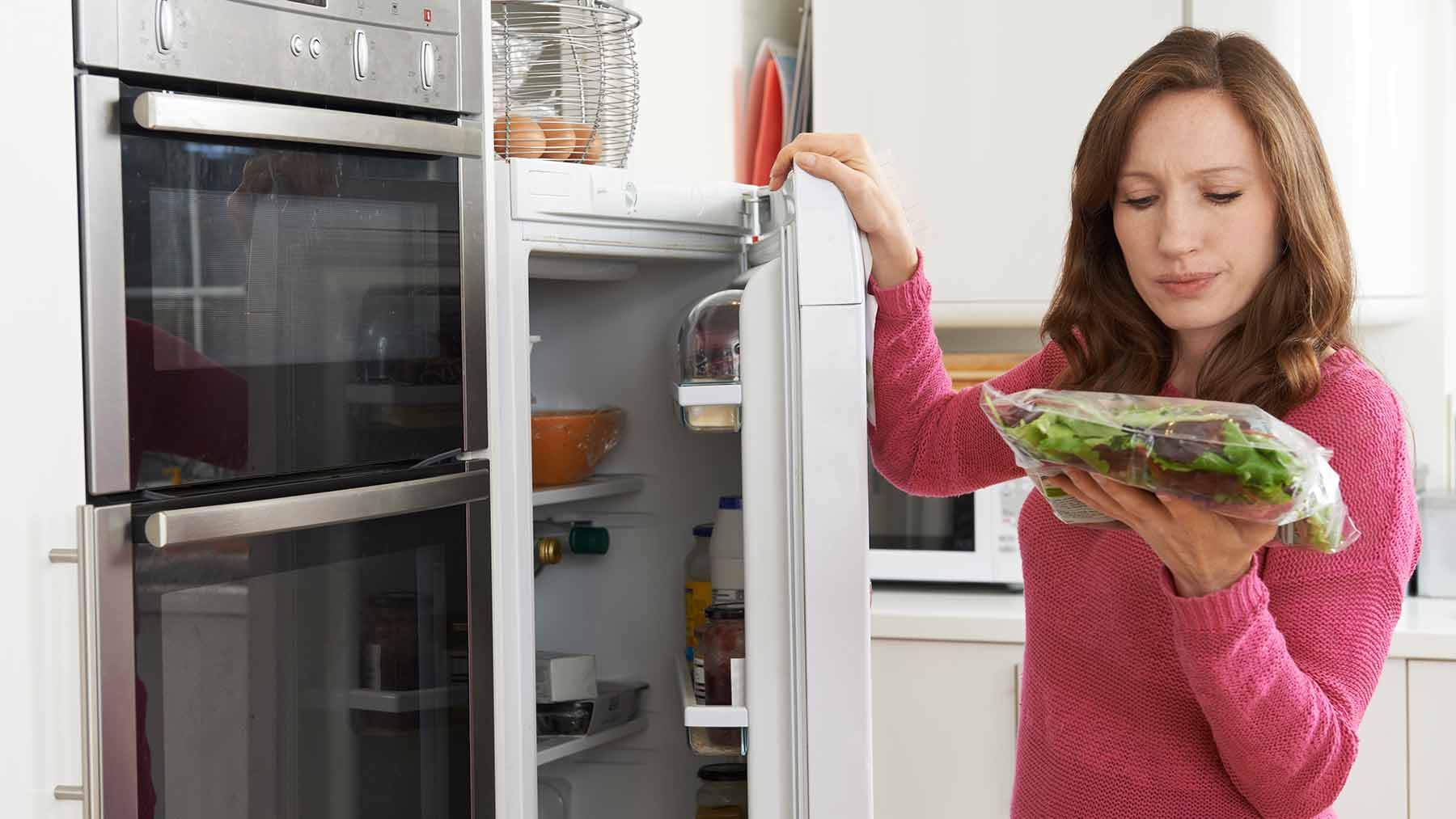Eat it or trash it? Deciphering food date labels and making your food last longer

You’re determined to make your food last longer and decrease trips to the grocery during the COVID-19 crisis. Going through the pantry, fridge and freezer, you find some food with dates stamped on them that are past today’s date. Do you really have to dump it? It really depends on what type of food date label is on the product.
Deciphering food dates can be tricky because there’s not a uniform system. Many are a manufacturer’s best guess for how long food will be at peak quality and don’t tell you when it’s not safe to eat. Here’s a quick look at how to decipher product dates:
- Sell By: Tells the store how long to display the product. The food is still good after purchase.
- Best If Used By & Best Before: This isn’t a purchase or safety date—it’s recommended for best flavor or quality.
- Use By: The last date recommended for use of the product while at peak quality. The food manufacturer sets this date.
- Closed or Coded Dates: Packing numbers for use by the manufacturer.
Because food date labels aren’t based on exact science, it can sometimes be tricky figuring out if your food is OK to eat. The U.S. Food and Drug Administration has a handy FoodKeeper app that helps you look at how long food generally lasts.
Spoiler alert
When it comes to fresh food, examine it closely for signs of spoilage. Look for spots of discoloration on meat and bread and signs of fuzz on fruits and vegetables, as well as on lids and sides of containers. See if there’s a change in texture, such as clumping or slimy appearance. While scent can help determine freshness, it’s not foolproof. Many foods can smell OK but still be unsafe, since common food-borne pathogens such as E.coli, salmonella and listeria are odorless. And, if you take a bite of something and it doesn’t taste right, dump it.
Tips to make food last longer
Freezing is an excellent method of preserving food to make it last longer. Leftovers should be stored in the refrigerator no longer than 3-4 days. Any food not consumed by then can be frozen. The key is to tightly wrap the food in sealed bags or airtight containers to best maintain quality and taste.
Proper storage of fresh food can help increase its shelf life. Fruits and vegetables should not be stored together, since this will promote accelerated ripening. Certain vegetables such as potatoes, beets, onions, garlic and radishes should be stored outside of the refrigerator in a cool, dark place, ideally separately.
Fresh herbs should be treated similar to flowers, with their stems cut off and placed stem-down in a jar or container with water in the refrigerator, except for basil, which is best stored at room temperature. You can also freeze fresh herbs. Finely dice them and add to an ice cube tray filled with water or olive oil. Cover it with plastic wrap or place in a large zipped plastic bag and freeze.
Avoid washing fresh berries until just before use since the added moisture will cause them to mold quicker. Avocados should be initially stored outside of the refrigerator until they ripen. Use the avocado half without the pit first and keep the pit in the other half to decrease the amount of surface area exposed to air. Brush the outside of the remaining half with lemon or lime juice and cover as tightly as possible with cling wrap and place in air-tight container in the refrigerator.
While eating fresh is usually best, you can still get much of your nutritional needs from frozen and canned foods. Just keep in mind that they often have high amounts of salt or sugar added. Many nutrients in canned fruits and vegetables leach out in the liquid, so it’s best to try to use the liquid if possible.
During these stressful times, try to maintain a healthy and well-balanced diet and exercise to increase longevity and prevent obesity and many chronic health conditions.
Katie Mitchell is a clinical dietitian at the James Cancer Hospital and Solove Research Institute.




